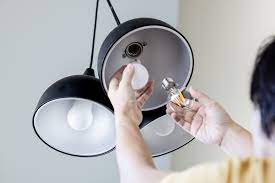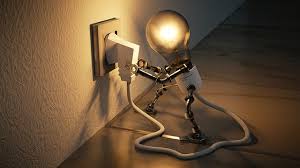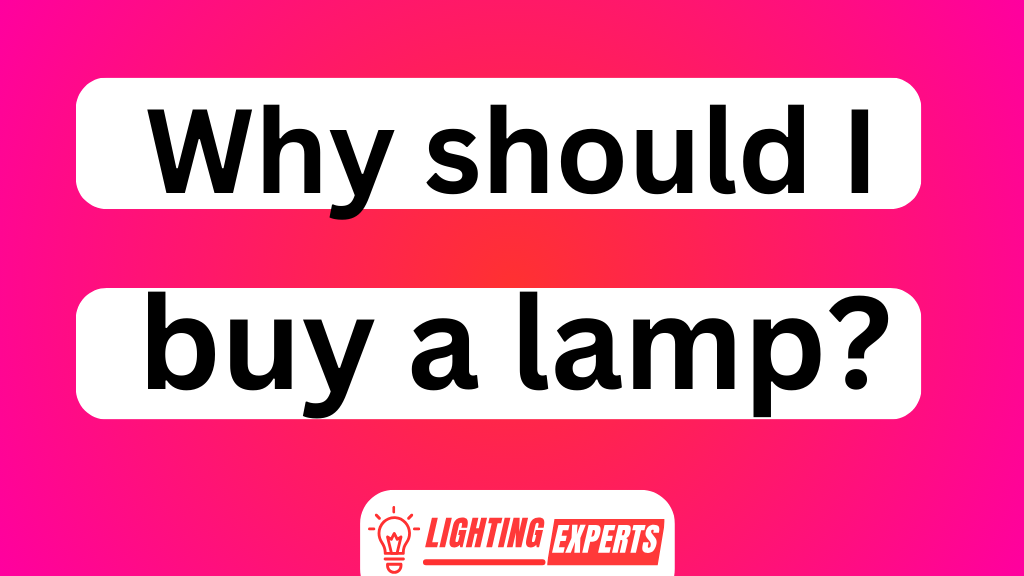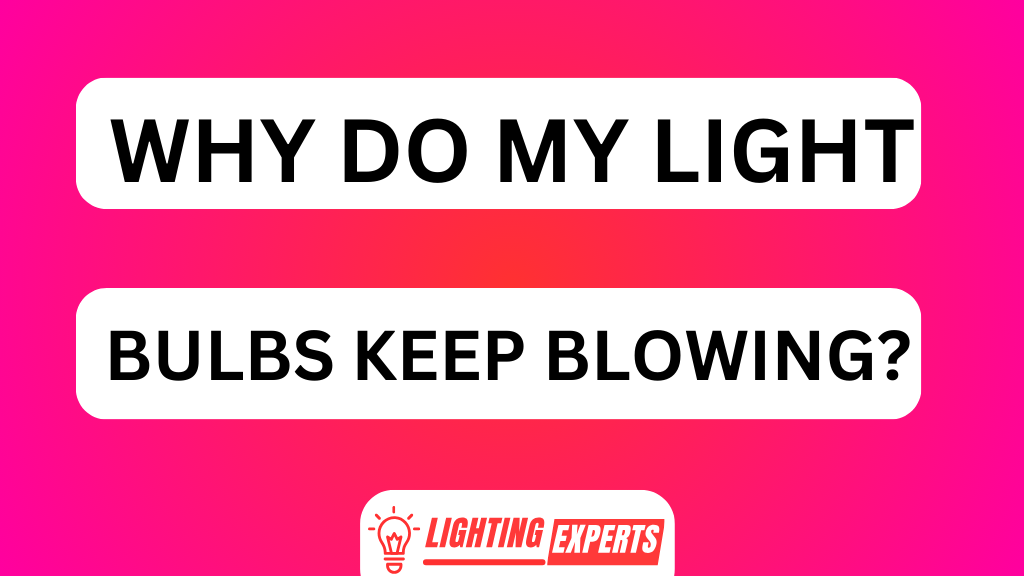LED lights are the epitome of energy efficiency, but do they really live up to their cool reputation? Contrary to popular belief, LED lights can indeed get hot.

This article delves into the fascinating world of LED lighting, exploring the intricacies of heat dissipation and thermal management in this advanced technology. By comparing heat output between LED lights and traditional incandescent bulbs, we uncover the risks of overheating and its impact on the lifespan of LEDs.
Discover essential tips for effectively cooling these high-performance illuminators.
Key Takeaways of DO LED LIGHTS GET HOT
- LED lights are more energy-efficient and produce less heat compared to traditional incandescent bulbs.
- Proper heat dissipation techniques, such as well-designed heat sinks, are crucial for managing the heat emitted by LEDs.
- Different heat dissipation methods, including heat sinks, fans, and liquid cooling, are used in LED technology.
- High ambient temperatures can negatively affect LED performance, and heat resistance properties allow LEDs to withstand higher temperatures.
Energy Efficiency of LED Lights
LED lights don’t get as hot as traditional incandescent bulbs, making them more energy-efficient. This is due to their unique design and technology.
Unlike incandescent bulbs, which generate light by heating a filament, LED lights produce light through a process called electroluminescence. The absence of heat generation in LED lights significantly reduces their energy consumption compared to traditional bulbs.

In fact, LED lights can operate at much lower temperatures while still providing the same level of brightness. This not only saves on electricity costs but also contributes to a longer lifespan for LED lights.
With their low heat output and efficient energy usage, it’s no wonder that LED lights have become increasingly popular in both residential and commercial applications.
Heat Dissipation in LED Lighting
The heat emitted by LEDs can be effectively managed through proper heat dissipation techniques. One of the key factors in controlling the temperature of LED lights is the design and effectiveness of the heat sink.
Heat sink design plays a crucial role in dissipating the excess heat generated by LEDs to ensure their optimal performance and longevity. A well-designed heat sink should have a large surface area, allowing for efficient heat transfer to the surrounding environment.

Additionally, thermal conductivity is an important characteristic to consider when selecting materials for the heat sink. Materials with high thermal conductivity, such as aluminum or copper, facilitate better heat dissipation from the LED chip to the heat sink and ultimately improve overall thermal management in LED lighting systems.
Thermal Management in LED Technology
LED heat dissipation methods and thermal efficiency in LEDs are crucial factors to consider when designing and implementing LED lighting systems. Efficient heat management is essential to ensure the longevity and optimal performance of LEDs.
This discussion will explore various heat dissipation techniques used in LED technology. It will also examine the impact of thermal efficiency on the overall effectiveness and lifespan of LED lights.
LED Heat Dissipation Methods
To prevent overheating, you’ll want to consider various methods of dissipating heat in LED lights. One important aspect is the design of the LED heat sink. A heat sink is a passive cooling device that absorbs and dissipates the excess heat generated by the LED. It usually consists of fins or other structures that increase the surface area for better heat transfer. Other cooling techniques for LEDs include active cooling methods such as fans or liquid cooling systems.
Table: Comparison of Different LED Heat Dissipation Methods
| Method | Pros | Cons |
|---|---|---|
| Heat Sink | Simple and cost-effective | Limited effectiveness for high-power LEDs |
| Active Cooling (Fans) | Efficient cooling for high-power LEDs | Noise and additional power consumption |
| Liquid Cooling | Excellent heat dissipation | Complex installation and maintenance |
Thermal Efficiency in Leds
By considering various methods of heat dissipation, you can effectively manage the temperature of LEDs, ensuring their longevity and optimal performance. One crucial factor to consider is the thermal conductivity of the materials used in LED construction. Materials with high thermal conductivity, such as aluminum or copper, are excellent choices for heat sinks as they efficiently transfer heat away from the LED module.

Another critical parameter is thermal resistance, which determines how well a material resists heat flow. Low thermal resistance allows for better heat dissipation and prevents overheating. Designing LED fixtures with efficient cooling systems that maximize both thermal conductivity and minimize thermal resistance is essential for maintaining safe operating temperatures.
By carefully addressing these factors, one can ensure that LED lights operate at their most efficient levels without risking damage due to excessive heat buildup.
Transition: With an understanding of the necessary considerations for managing LED temperatures in mind, it is now important to delve into specific temperature considerations for LED lights.
Temperature Considerations for LED Lights
LED heat dissipation is a critical factor to consider when discussing the temperature considerations for LED lights. Efficient heat management is essential to ensure optimal performance and prevent any potential damage to the LEDs.
Additionally, LED lights offer significant energy efficiency advantages over traditional lighting technologies, such as incandescent or fluorescent lights, due to their low power consumption and high lumen output.
Furthermore, proper thermal management plays a crucial role in extending the longevity of LED lights by reducing the stress on the components and maintaining stable operating temperatures.
LED Heat Dissipation
Doesn’t it feel amazing knowing that LED lights generate less heat compared to traditional incandescent bulbs? This is due to their energy-efficient design and advanced temperature control mechanisms. LED temperature control is crucial for maintaining the performance and lifespan of these lights.
Here are some cooling techniques used for LEDs:
- Heat sinks: These devices help dissipate heat by providing a larger surface area for thermal transfer.
- Thermal pads: Placed between the LED and heat sink, these pads enhance heat conduction.
- Fans: Active cooling using fans can be employed in situations where high-power LEDs are used.
- Liquid cooling: In some cases, liquid coolant systems can be implemented to efficiently cool down LEDs.
Energy Efficiency Advantages
It’s amazing how much less heat LED bulbs generate compared to incandescent bulbs, thanks to their energy-efficient design and temperature control mechanisms.
LED lights are designed to convert most of the electrical energy into light instead of heat, resulting in significant energy savings and reduced heat output.
An energy consumption analysis reveals that LED bulbs consume up to 80% less electricity than traditional incandescent bulbs while providing the same level of brightness. This translates into lower electricity bills and a more sustainable lighting solution.
Furthermore, LED lights incorporate advanced heat management techniques such as heat sinks and thermal conductors that efficiently dissipate any generated heat, ensuring the longevity of the bulb.
With such minimal heat generation and effective cooling mechanisms, LED bulbs have a longer lifespan compared to incandescent counterparts.
Impact on Longevity
To increase the lifespan of your bulbs, make sure to keep them in a well-ventilated area that allows for proper heat dissipation. LED lights are known for their energy efficiency, but they still generate some amount of heat during operation. Heat related issues can have a significant impact on the performance and longevity of LED lights.
Here are four important points to consider:
- Temperature: Excessive heat can cause LEDs to degrade faster and reduce their overall lifespan.
- Cooling Systems: Using cooling systems such as heatsinks or fans can help dissipate heat and maintain optimal operating temperatures.
- Ambient Temperature: High ambient temperatures can affect LED performance negatively, so it’s essential to avoid placing them in areas with excessive heat.
- Thermal Management: Proper thermal management techniques like designing fixtures with good airflow and using materials with high thermal conductivity can enhance LED longevity.
Comparing Heat Output: LED Vs. Incandescent
You’ll notice a significant difference in heat output when comparing LED lights to incandescent ones. LED lights are known for their low heat output, thanks to their efficient design and use of solid-state lighting technology.
Unlike incandescent bulbs, which produce light by heating a filament until it emits light, LEDs generate light through the movement of electrons in a semiconductor material. This process produces minimal heat, making LED lights much cooler to the touch compared to traditional incandescent bulbs.
Additionally, LEDs have excellent heat resistance properties, allowing them to withstand higher temperatures without compromising their performance or longevity. The materials used in LED construction also have low heat conductivity, meaning that any heat generated is efficiently dissipated away from the bulb itself.
Overall, this makes LED lights a safer and more energy-efficient option for lighting applications.
Overheating Risks and LED Light Lifespan
LED lights have a longer lifespan compared to incandescent bulbs, reducing the risk of overheating and potential hazards. This is due to the fact that LEDs produce less heat while generating light. The reduced heat output of LEDs helps to prevent overheating issues, making them safer for use in various applications.
Here are four reasons why LED lights have a longer lifespan and lower overheating risks:
- Efficient energy conversion: LEDs convert most of their energy into light instead of heat, resulting in minimal wasted energy and heat production.
- Heat dissipation: LED bulbs are designed with efficient heat sinks that help dissipate any heat generated during operation.
- Low operating temperature: LEDs operate at much lower temperatures compared to incandescent bulbs, minimizing the risk of fire or burns.
- Robust construction: LED lights are built with durable materials that can withstand high temperatures without compromising performance.
Tips for Cooling LED Lights
Here’s a helpful tip for keeping your LED lights cool: make sure they have proper ventilation.
Cooling techniques play a crucial role in maintaining the optimal performance and longevity of LED lights. One effective method is to incorporate an efficient heat sink design. A heat sink is a passive cooling device that absorbs and dissipates excess heat generated by LEDs. It typically consists of fins or ridges that increase the surface area, allowing for better heat dissipation.
The choice of material for the heat sink, such as aluminum or copper, also affects its effectiveness in transferring heat away from the LED module.
Frequently Asked Questions
How Do LED Lights Compare to Traditional Incandescent Lights in Terms of Energy Efficiency?
LED lights are more energy efficient than traditional incandescent lights, offering significant energy-saving benefits. They consume less electricity, resulting in lower utility bills and reduced environmental impact.
What Is the Average Lifespan of an LED Light Compared to a Traditional Incandescent Light?
LED lights have an average lifespan of 25,000 to 50,000 hours, significantly longer than traditional incandescent lights. This extended lifespan reduces the average cost over time and has a lower environmental impact.
Can LED Lights Overheat and Pose a Fire Risk?
LED lights do not emit harmful UV rays or cause skin irritation. They have a low heat output, reducing the risk of overheating and fire hazards. The average lifespan of LED lights is longer compared to traditional incandescent lights.
What Are Some Tips for Effectively Cooling LED Lights to Prevent Overheating?
LED lights can generate heat, and effective cooling techniques are crucial for preventing overheating. Proper thermal management, such as using heat sinks or fans, is essential to maintain optimal performance and ensure the longevity of LED lights.
Are There Any Specific Temperature Considerations When Using LED Lights in Outdoor or Extreme Environments?
Outdoor LED lighting and LED lighting in extreme environments require specific temperature considerations. LED lights can generate heat, but they are designed to dissipate it efficiently, ensuring optimal performance and preventing overheating issues.
Conclusion
In conclusion, it’s evident that LED lights do generate heat, but their energy efficiency and advanced thermal management systems enable them to stay relatively cool.
The comparison between LED and incandescent lights clearly shows that LEDs produce significantly less heat. This not only reduces the risk of overheating but also prolongs the lifespan of LED lights.
To ensure optimal performance and avoid any potential issues, proper cooling techniques should be implemented.
With their impressive energy efficiency and effective heat dissipation mechanisms, LED lights continue to revolutionize the lighting industry.




